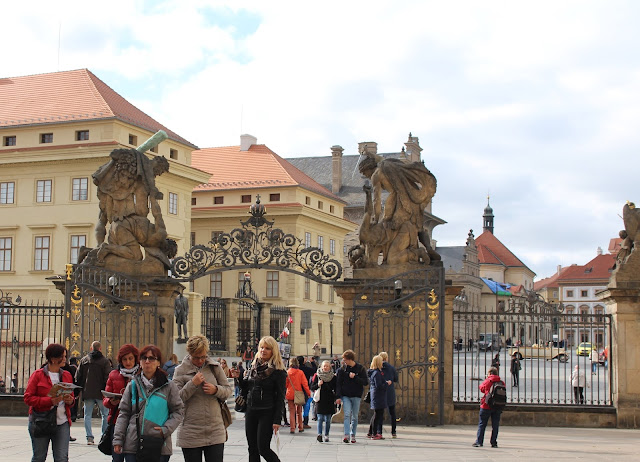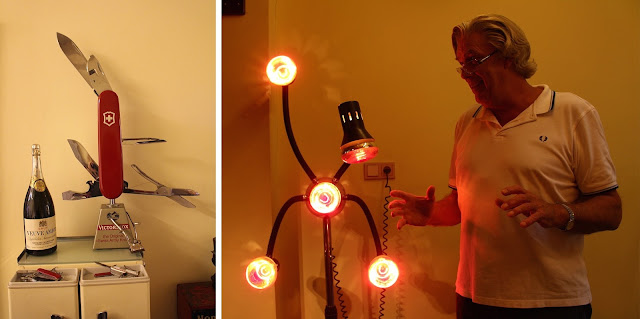If you are looking for the perfect spot to begin your gondola education, this narrow alley in the Cannaregio district of Venice is a good place to start. It's called Calle Pignate, and it's not easy to find--but it's worth the search! The second to the last door on the right, just short of the Misericordia canal, is the entrance to a remarkable little museum, the Arzanà Association's squero Casal dei Servi. A squero is a workshop where gondolas and other small watercraft are made. The Arzanà Association focuses on the rescue and restoration of the unique Venetian boats.
The squero Casal dei Servi was in business by the end of the 15th century, and operated until 1920. There are a few other squeri in Venice, and some of them still make gondolas by hand. Squero Casal dei Servi is the oldest of Venice's existing squeri. This simple wooden building was purchased by Arzanà in 1996 to serve as its primary office and to house its extensive collection of artifacts and tools relating to the boat trade-- as well as a number of vintage gondolas and other classic Venetian boats.
I visited the Arzanà museum with my friends Laurie and Chris on a sunny day in June of 2017. Our tour began in the interior of the museum, and ended in the workshop. The workshop was a sensory delight! The smell of old wood permeated the room. Sunlight reflecting off the canal shone through the slatted wood gate, flooding the low-ceilinged space with light.

Our guide was Germano Da Preda, the "keeper" of the squero Casal dei Servi. He explained the function of the squero and the anatomy of a gondola, starting with the body of the boat, which is traditionally constructed with 8 types of wood! Solid oak for the sides, lightweight fir for the bottom, malleable cherry for the struts, larch for water resistance, bendable walnut for the frame, linden for reinforcement, mahogany for trim, and elm to bend alongside the walnut. Gondolas are rowed with a single oar that rests on a unique oarlock, called the forcola. The ferro is a uniquely shaped metal piece attached to the gondola's bow. It acts as a counterweight to the gondolier, who rows from the stern. The ferro also protects the gondola from damage--it's a bumper of sorts. We learned about the origin and evolution of this singular watercraft, and the traditions associated with it.
vintage iron ferro Germano Da Preda oars and forculas
Every inch of the squero's walls are covered with parts of gondolas and of other small Venetian vessels. There were oars, sails, forculas, lanterns, ferros--plus boat models and equipment and tools related to Venetian boats and the art of building them. This was one of the highlights of our stay in Venice, giving us a new appreciation of Venice's unique watercraft.
Visits to the Squero museum are by appointment only: https://arzana.org/request-a-visit/

We had heard that "gondoliers do NOT sing for their passengers!" Disappointing news. But our gondolier (sandolier, really) did sing. Towards the end of our voyage Luca serenaded us. We were enchanted by this sweet man, singing his sweet song.
Perfetto.
To reserve a tour on Luca's sandolo, email him at: lucyluca6@hotmail.com

















































